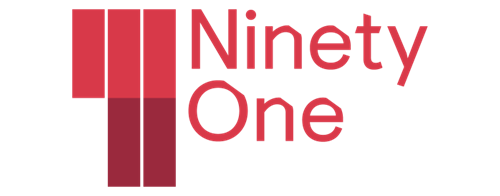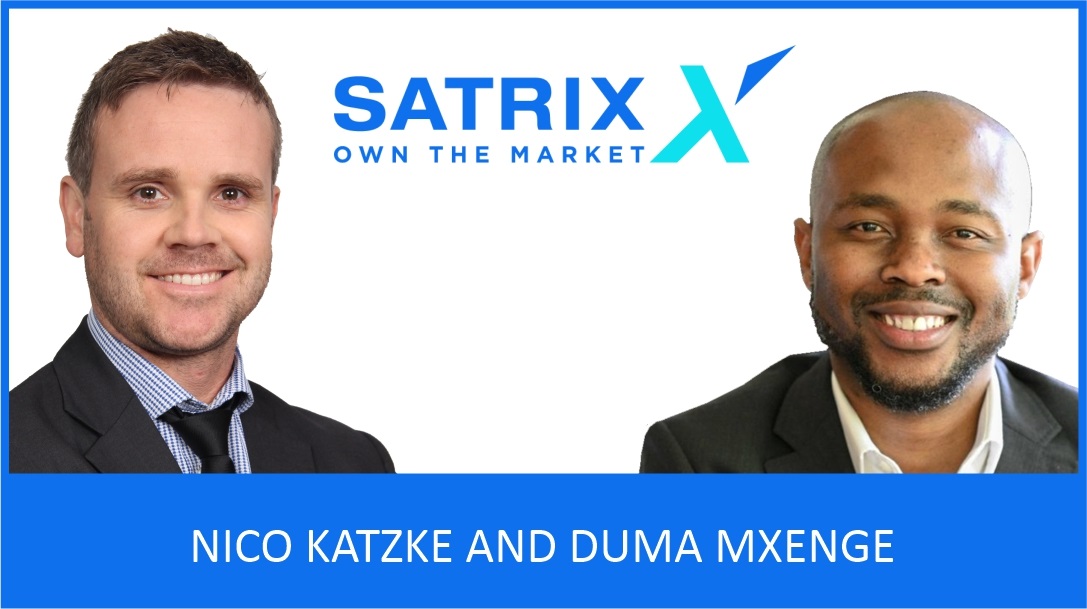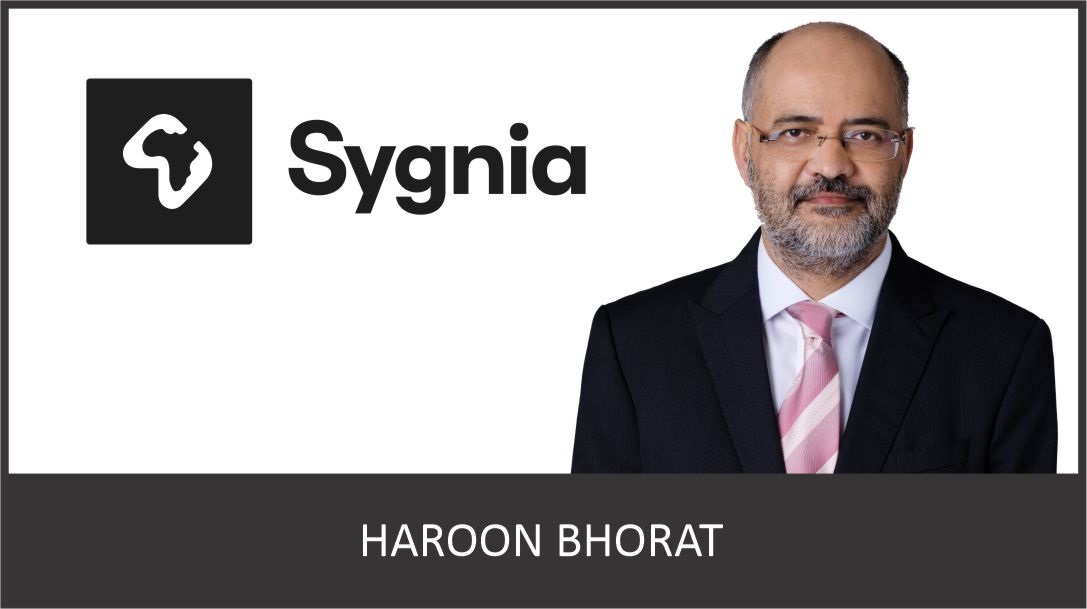Nico Katzke, Head of Portfolio Solutions, and Duma Mxenge, Head: Business & Market Development, from Satrix
Looking past the labels
The investment industry often simplifies strategy choices into a binary debate: active versus vanilla index funds (also referred to as ‘passive’). However, this framing does not accurately capture the true nature of the available options. As Katzke explained, “Our intention is not to debunk what you call passive, internally we call it indexation, but what we’ve been grappling with as a business is the positioning of the power of indexation – how does indexation fit within the overall strategy?”
The word ‘passive’ can suggest a lack of conviction or complexity, but this is misleading. Mxenge reflected on how many asset managers simplify investing into “buying low and selling high” terms – making it seem as though finding an edge in modern markets is a simple exercise. The evidence, worldwide, has in fact suggested the opposite – that consistently finding an edge is a rare feat. Paying a low cost for indexation does not imply a low-value proposition, unlike many other areas in life where a low price often signals lower quality. Over a three+ year investment horizon investors have historically been far better off investing in low-cost index trackers that accept markets as being efficient than in most active strategies looking to identify inefficiencies. And as markets become more efficient, it is hard to argue that this will change any time soon.
Indexation is not one-dimensional
The term ‘passive’ often brings to mind straightforward, vanilla index strategies like the S&P 500. But the reality is far more nuanced. Katzke outlined three points that the term ‘passive’ belies:
First, passive investments are not one thing – while the S&P 500 represents a vanilla strategy of the largest 500 companies, indexation also includes non-vanilla, factor-based portfolios, thematic strategies, and other sophisticated approaches. These are all low-cost but differ significantly in construction.
Second, indexation includes rules-based solutions characterised by discipline and a lack of emotion. “Rules-based means there’s discipline involved; there’s no emotion involved. We don’t look at a stock and say, ‘President Trump tweeted something, and we’re scared.’ We stick to the rules.” This discipline reduces trading frequency and transaction costs.
Third, indexation should not be seen as opposing discretionary active management. Both can co-exist sensibly within portfolios. In fact, low-cost index trackers allow investors to earn the asset class returns at the lowest cost point, while enabling active managers to be truly active.
Understanding what you’re paying for
A key insight from the discussion focused on active management fees relative to performance, especially in South Africa. Katzke observed that many active managers remain close to their benchmarks but still charge full active fees.
“In South Africa, we are comfortable getting both beta (asset class returns) and alpha (outperformance potential) from the same source. This generally implies paying far more for beta and limiting the scope for alpha. In Europe and the US, institutional investors want beta at the lowest cost and expect true alpha from managers who take meaningful, differentiated positions.”
To help investors assess how truly active a manager is, Katzke referenced the concept of active share as a metric for comparing portfolio holdings against a benchmark to quantify deviation. This helps avoid paying active fees for strategies that barely differ from their indices.
Aligning roles with expectations
The Satrix team shared a memorable analogy from rugby: “Imagine a Springbok prop being told after a match, ‘The team won the match, but you didn’t score a try and I’m starting to doubt your role.’ If you tell the prop this repeatedly, eventually he’ll stop scrumming and move to the wing.”
The point is that evaluating managers or strategies by the wrong metrics can cause behavioural changes, potentially damaging portfolios. Each component has a role to play, and success should be measured accordingly.
Long-term consistency over short-term noise
The discussion didn’t advocate for either active or indexation exclusively. Instead, it stressed understanding the nature and role of different strategies, how they complement each other, and how to assess their contributions fairly.
Investment success is not about chasing moments or short-term gains. It’s about building frameworks that are consistent, disciplined and aligned with long-term goals.
*Satrix is a division of Sanlam Investment Management.
ENDS

























































































